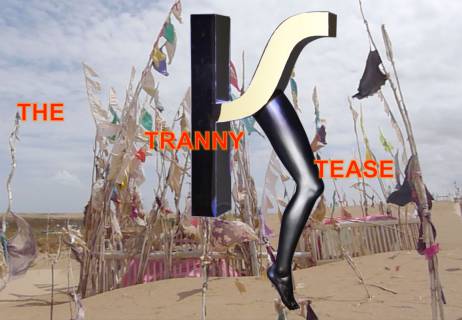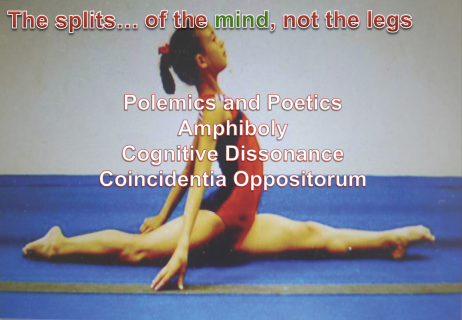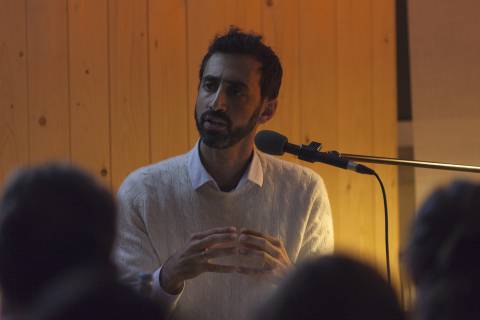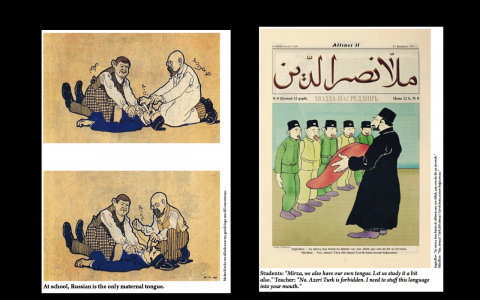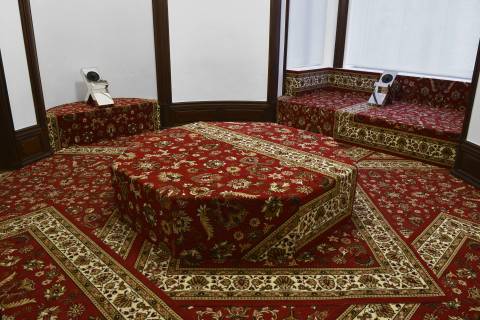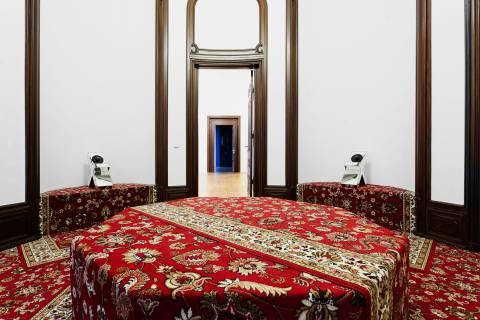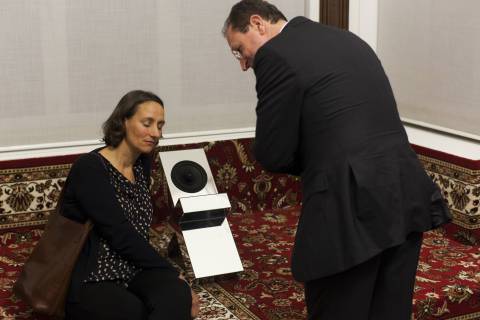Slavs and Tatars is a faction of polemics and intimacies devoted to an area east of the former Berlin Wall and west of the Great Wall of China known as Eurasia. The collective’s work spans several media, disciplines, and a broad spectrum of cultural registers (high and low) focusing on an oft-forgotten sphere of influence between Slavs, Caucasians and Central Asians.
In their installation Lektor, presented in a 19th Century music room at the Museum of Contemporary Art, Slavs and Tatars examine the politics and performativity of language. The starting point of their four-channel audio installation is the 11th-century mirrors for princes, the Kutadgu Bilig (Wisdom of Royal Glory), a foundational text in Turkic literature.
Both in the Muslim and Christian traditions of the Middle Ages, mirrors for princes represented an early form of political science as advice literature. Even though the focus of scientific interest at that time was on theological themes, mirrors for princes were a secular means of addressing the issues of sovereignty and rule. As a quasi-educational medium, they conveyed critical perspectives and offered advice, especially in cases when a young and inexperienced king was about to come to power, being the next in the line of succession or having won a military victory.
The sections from Kutadgu Bilig selected by Slavs and Tatars for Lektor are all concerned with the use and performance of language as a means of exercising power; at the same time they demonstrate the immense range and performance potential of the texts found in mirrors for princes.The historical text is translated into Turkish, Polish and German and spoken aloud in the exhibition-room, constantly superimposed with the original Uighur language.
This kind of simultaneous translation—the so called Gavrilov method—that you can experience at GfZK was used for films in Poland and Russia and elsewhere only for news segments. The simultaneous playback of two distinct audio tracks makes for a disruptive experience, touching on issues of legibility to authenticity and language as a form of hospitality.
One of the most important working methods used by Slavs and Tatars is the medium of the book. In their publications, the artists’ collective activates and contextualises its installations and defines or expands upon the trails they lay in the form of texts or graphics. During the exhibition period, visitors are invited to leaf through, read or study the most relevant publications.
![Slavs and Tatars: Love Me, Love Me Not [Ukraine - Feodosiya], 2015](https://gfzk.de/wp-content/uploads/2014/12/st_love-me-love-me-not-480x270.jpg)
